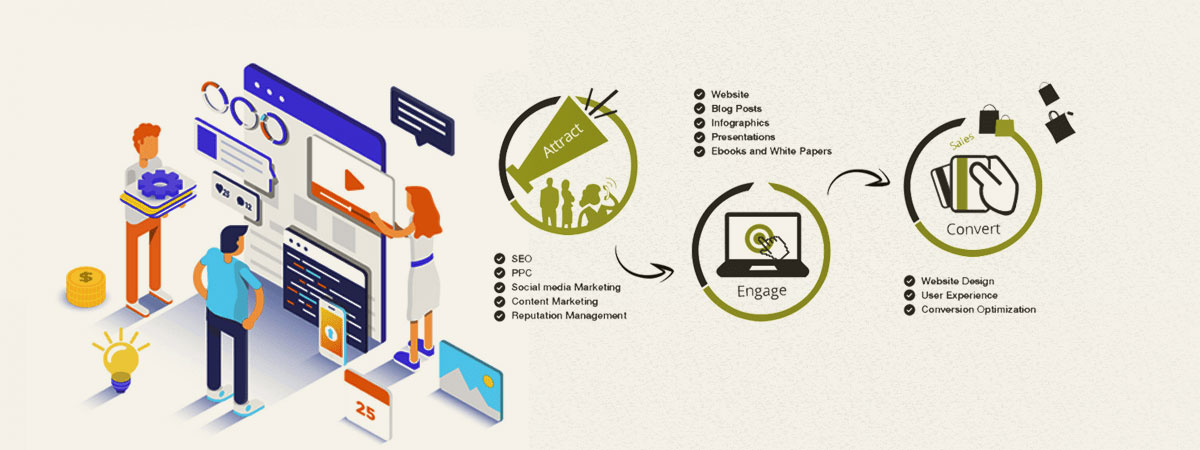Prepare To Trip With Time And Find Exactly How Sites Have Actually Come To Be Much More Sophisticated, Easy To Use, And Aesthetically Sensational
Prepare To Trip With Time And Find Exactly How Sites Have Actually Come To Be Much More Sophisticated, Easy To Use, And Aesthetically Sensational
Blog Article
Team Writer-Thorsen Hejlesen
In the past, sites were basic and concentrated on details. Navigating was straight, and design was for desktops. Now, user experience is essential. Data overviews layouts for very easy navigation. Responsive layouts suit different devices. Today, dark setting decreases stress, and minimalist menus enhance navigation. Interactive features engage customers, and vibrant visuals stick out. AI integration improves engagement. See how layout has actually advanced to boost your online journey.
Early Days of Website Design
In the very early days of website design, simpleness preponderated. Web sites were fundamental, with restricted shades, typefaces, and designs. The emphasis got on supplying details as opposed to flashy visuals. Users accessed the internet through slow dial-up connections, so speed and capability were key.
Navigation menus were straightforward, usually situated on top or side of the page. Sites were created for home computer, as mobile surfing had not been yet widespread. Content was king, and developers prioritized very easy readability over complicated design aspects.
HTML was the primary coding language made use of, and developers had to function within its restraints. Animations and interactive functions were very little compared to today's requirements. Internet sites were static, with little dynamic web content or customized individual experiences.
Increase of User-Focused Style
With the development of website style, a shift in the direction of user-focused design principles has become increasingly noticeable. Today, creating sites that focus on user experience is vital for engaging site visitors and accomplishing business goals. User-focused style entails understanding the demands, choices, and behaviors of your target market to customize the site's layout, web content, and features appropriately.
Designers now carry out thorough study, such as individual surveys and functionality screening, to collect insights and comments directly from customers. This data-driven technique aids in developing user-friendly navigating, clear calls-to-action, and visually enticing user interfaces that reverberate with site visitors. By placing the individual at the center of the design procedure, websites can provide an extra tailored and satisfying experience.
Receptive design has actually also emerged as a crucial facet of user-focused design, ensuring that web sites are maximized for numerous gadgets and screen sizes. This adaptability enhances accessibility and usability, dealing with the diverse ways users communicate with sites today. Basically, SEO Company For Doctors of user-focused layout indicates a change towards producing electronic experiences that prioritize the needs and assumptions of the end customer.
Modern Trends in Web Design
Explore the current patterns shaping web design today. One noticeable trend is dark setting design, supplying a streamlined and modern look while reducing eye stress in low-light environments. One more vital fad is minimalist navigating, simplifying menus and enhancing customer experience by focusing on essential elements. Integrating micro-interactions, such as computer animated buttons or scrolling effects, can create an extra engaging and interactive web site. Receptive layout remains essential, guaranteeing seamless user experiences across numerous gadgets. Furthermore, utilizing vibrant typography and asymmetrical formats can add visual rate of interest and accentuate details content.
Incorporating AI innovation, like chatbots for consumer assistance or tailored referrals, improves individual engagement and enhances processes. Ease of access has likewise become a significant trend, with developers prioritizing inclusive design methods to deal with varied individual requirements. Accepting sustainability by optimizing website performance for speed and effectiveness is one more emerging fad in web design. Teaming up with individual responses and information analytics to repeat and enhance layout continually is necessary for remaining relevant in the ever-evolving digital landscape. By embracing these contemporary patterns, you can create an aesthetically enticing, user-friendly site that resonates with your audience.
Conclusion
As you reflect on the development of web site layout from the early days to currently, you can see just how user-focused layout has come to be the driving pressure behind contemporary patterns.
Embrace the journey of adjustment and adaptation in web design, always keeping the user experience at the leading edge.
Remain current with the latest fads and innovations, and never stop advancing your technique to produce visually sensational and straightforward web sites.
Advance, adjust, and develop - the future of web design is in your hands.
